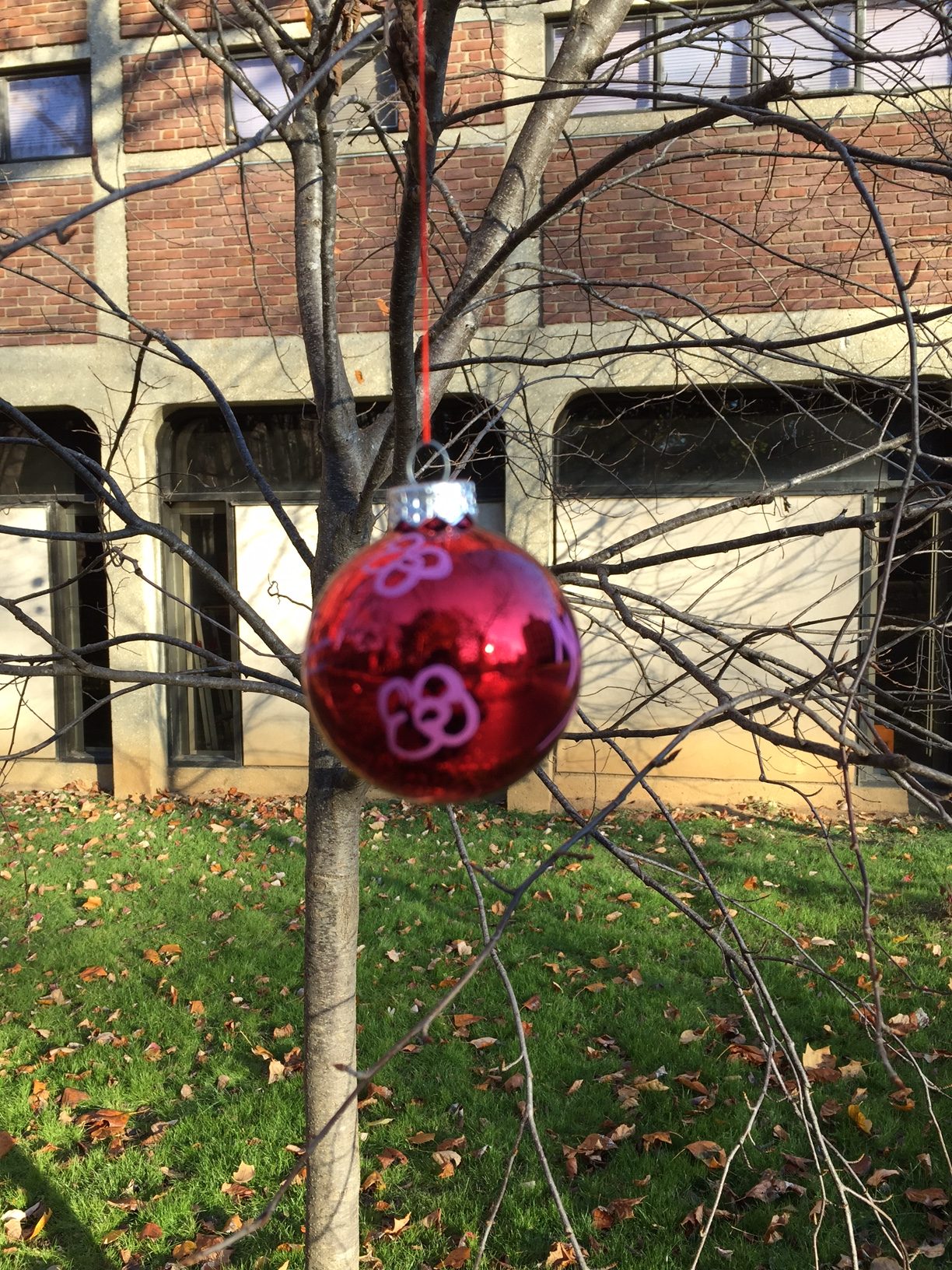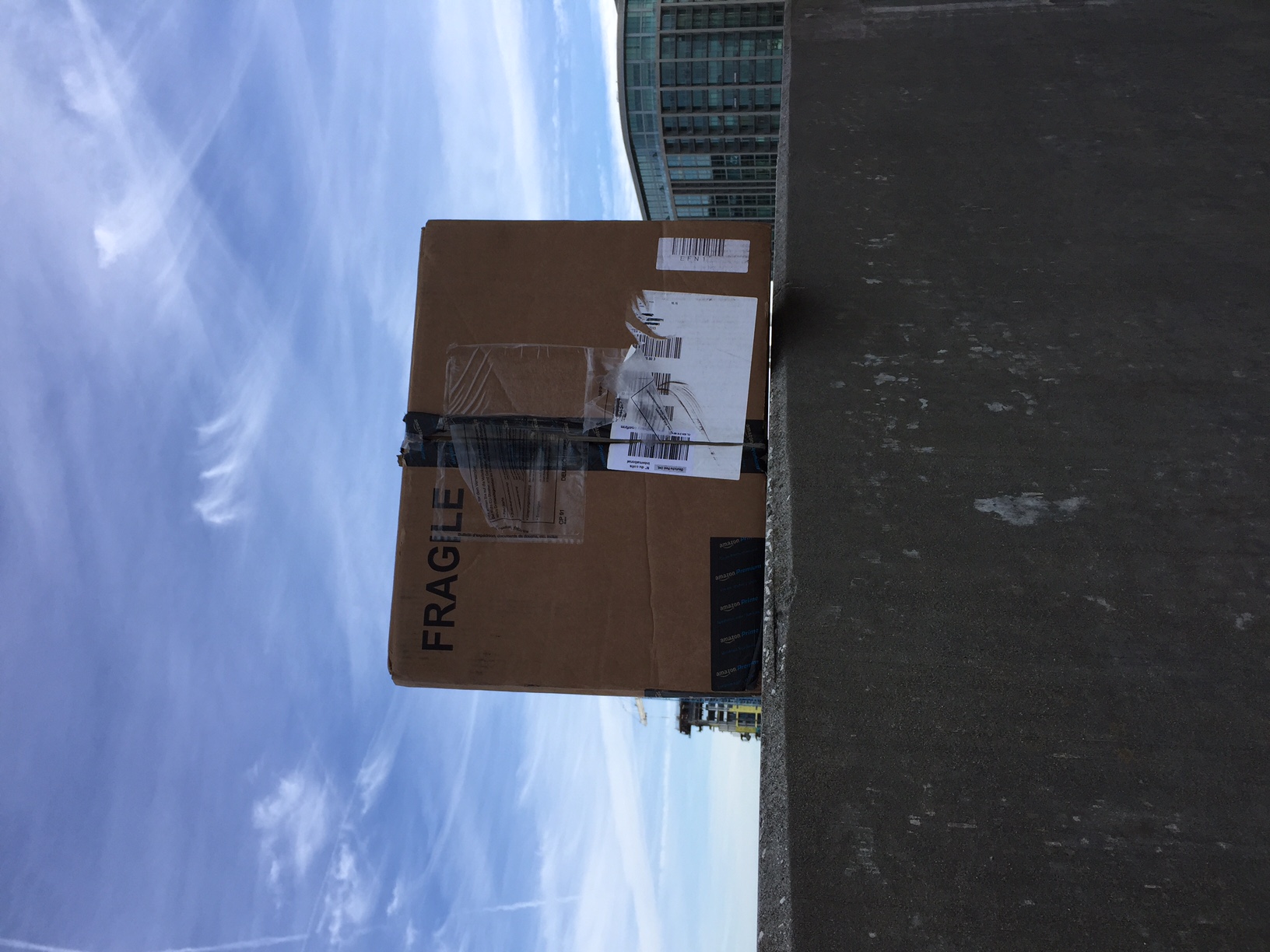Holiday Gift Guide 2016.
Last year I made a wish for a job writing copy for the Hammacher-Schlemmer catalog. This year it still provides a bounty of wonders but I decided to cast my net a little wider to create an annual holiday gift guide with a few last-minute items for that hard-to-buy person on your list.

Source: Hammacher-Schlemmer
What better way to keep potential intruders away from your campsite than making it look like the refuge of a bunch of filthy dirty hippies? That’s what the VW Bus Tent is for. It’s not really a vehicle but it will take you back to the sixties. Or set it up at home to get Rocky Mountain high right in your own backyard.
We all look back fondly on the days of getting our asses kicked by bullies because our moms made us wear something stupid, don’t we guys? Well now you can relive those glory days at the office with a wide variety of Christmas-themed suits. My personal favorite is the Mistletoe Money Maker Suit. The design is actually holly berries but you could always accessorize with mistletoe if you’re aiming for that special trifecta of getting your ass kicked, getting fired, and a sexual harassment lawsuit.
Because nothing goes together like drunkenness and children’s games…
Know someone who’s a big gamer? Know someone who’s a really big gamer? And when I say “big” I mean someone who is approximately nine feet tall because I’m pretty sure that’s the minimum height you’d have to be to enjoy this video game console. Seriously, for $99,000 I think you could just have a Nintendo Wii installed in a movie theater.

Source: Wal Mart
The Triops Kit is the one item that is not a joke. If you’re old enough to remember ads for amazing sea monkeys you know how disappointing it was that they were only brine shrimp. They didn’t live in tiny castles or wear tiny crowns and, let’s face it, as far as underwater life goes they were only slightly less boring and annoying than The Snorks and at least you could kill brine shrimp.
Triops are everything you wanted brine shrimp to be that they weren’t. Okay, they may not wear tiny crowns or live in tiny castles but they’re approximately a hundred times bigger and have been scientifically determined to be a million times cooler.
Tyrannosaurus rex not included.








 The traditional Christmas tree is an evergreen because evergreens keep their foliage year round, hence the name, so they’re symbolic of life surviving through the winter, of renewal and hope at the very darkest and coldest point of the year.At least that’s the conventional wisdom, but at a certain point when I was a kid I started wondering if this was really the case. If it’s all about life and renewal why does the tree have to die? And let me add this was long before hip people started bringing live trees into their homes, decorating them, and then planting them outside once Christmas was over, pretty much guaranteeing that the tree, used to being in a nice warm house, watered regularly, and treated with great kindness, would die of shock.
The traditional Christmas tree is an evergreen because evergreens keep their foliage year round, hence the name, so they’re symbolic of life surviving through the winter, of renewal and hope at the very darkest and coldest point of the year.At least that’s the conventional wisdom, but at a certain point when I was a kid I started wondering if this was really the case. If it’s all about life and renewal why does the tree have to die? And let me add this was long before hip people started bringing live trees into their homes, decorating them, and then planting them outside once Christmas was over, pretty much guaranteeing that the tree, used to being in a nice warm house, watered regularly, and treated with great kindness, would die of shock.



 What are the rules of graffiti? Maybe I should rephrase that: are there any rules of graffiti? Well there are some things that are pretty consistent. Most graffiti is painted–usually spray-painted. Most of it’s not very good, at least from an aesthetic standpoint. Most of the time it’s just a name, if that–a lot of graffiti is just illegible scribbles. Sometimes it’s a tag meant to mark gang territory. Most people consider graffiti an eyesore that’s hard to get rid of, and that’s why you frequently find it in out-of-the-way places.
What are the rules of graffiti? Maybe I should rephrase that: are there any rules of graffiti? Well there are some things that are pretty consistent. Most graffiti is painted–usually spray-painted. Most of it’s not very good, at least from an aesthetic standpoint. Most of the time it’s just a name, if that–a lot of graffiti is just illegible scribbles. Sometimes it’s a tag meant to mark gang territory. Most people consider graffiti an eyesore that’s hard to get rid of, and that’s why you frequently find it in out-of-the-way places. Yeah. Breaking the rules. Or following them. Either way you can see it as a subtle transposition of the rule of graffiti or a work of sweetness and innocence, the sort of thing that puts you in the holiday spirit.
Yeah. Breaking the rules. Or following them. Either way you can see it as a subtle transposition of the rule of graffiti or a work of sweetness and innocence, the sort of thing that puts you in the holiday spirit. Detailed Package Tracking
Detailed Package Tracking